1410, PARKSON, 44-60 ZHONGSHAN ROAD, QINGDAO, CHINA
What are sockets?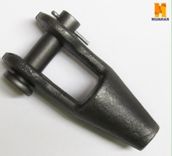
A socket is a type of end termination that will be permanently fixed to the end of your rope product. This is done in order to create a strong anchoring point for your equipment. It allows it to be utilized in many different situations.
They are some of the strongest types of end terminations available and find use in variety of industries, such as the construction or oil rigging sectors.
How to use?
Wire rope sockets are used to attach wire ropes to a fixed point. Some of these applications include Anchoring systems for tubes & pipes, Anchor Wires, Lifting Cables, Offshore Mooring Leg Wires, Towing Cables or Fastening cables for construction purposes (Bridges, etc…).
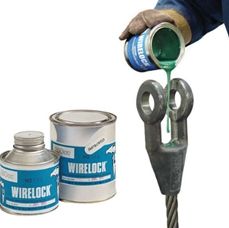 When installing sockets onto wire rope Franklin Offshore Australia uses a Resin product called wirelock.
When installing sockets onto wire rope Franklin Offshore Australia uses a Resin product called wirelock.
As Wire rope spelter sockets are the strongest wire rope ending fitting available, when installed correctly using Wirelock they are designed to be able to give you 100% use of the wire rope MBL.
What should wepay attention to when using Spelter Sockets?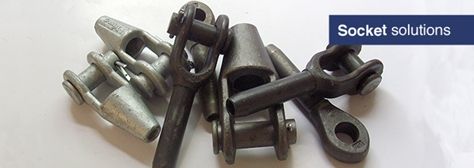
A member has reported an incident onboard one of its vessel’s that has highlighted a potential safety issue for other IMCA member’s regarding the use of a particular type of open spelter sockets as wire rope terminations (plain load pin with split cotter pin type).
The incident occurred onboard a dive support vessel when the diving bell guide weight became detached from one of the wire rope guides at the termination end. As a resultthe vessel was unable to recover the guide weight without ROV subsea intervention.
The termination employed to connect the wire rope to the guide weight was an open jaw spelter socket fitted with plain load pin c/w split cotter pin which interfaced with the master link and a combination of shackles to a pad eye on the guide weight.
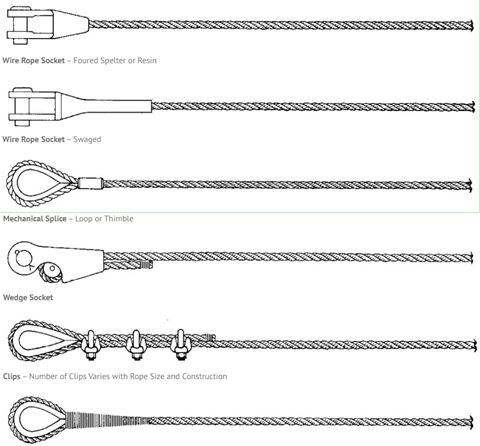 Following investigation, these points were noted:
Following investigation, these points were noted:
The disconnection occurred between the spelter socket and the master link and the spelter socket load pin was secured in position by the use of a split cotter pin only;
It is not known how the spelter socket load pin became detached from the body of the socket. However, galvanic corrosion of the split cotter pin, incorrect fitting of the split cotter pin or side impact to the spelter socket load pin could have contributed to the failure. British Standard BS 463 states that the use of a ‘plain pin with split cotter pin’ is an ‘acceptable wire rope termination’, although this type of termination may not have been suitable for the purpose for which it was being employed;
Open spelter sockets with ‘plain load pins’ are more suited to static connections. However, where it is necessary to make/break connections more frequently then closed spelter sockets should be used with an interfacing shackle, as these lifting accessories are commonplace and easy to change out or replace.
The following actions were recommended: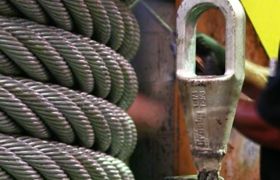
Companies are encouraged to assess their use of spelter sockets and where possible use the closed type and suitable interface shackle;
Where open spelter sockets must be used their suitability for the task should be assessed. If the spelter socket is to be used in a subsea lifting arrangement or experience any side impact (however minor) then the ‘screwed load pin with nut and split cotter pin’ securing type should be used.
SOCKET Type:
open spelter sockets
The versatility and simultaneous high load capacity of open spelter socket is a reliable combination in rope systems.
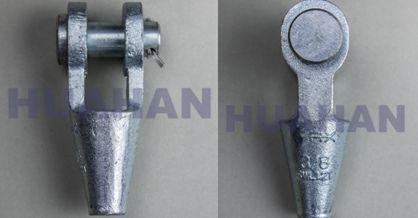
closed spelter sockets
Closed spelter sockets are shed with the rope end and in combination with open spelter sockets they are used for challenging requirements.
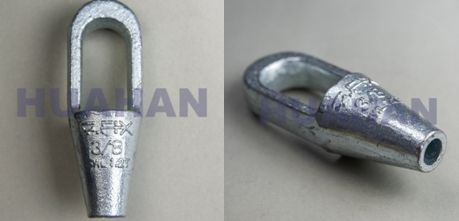
waged socket
Wedge sockets secure the rope to the end attachment by passing it around a grooved, wedge-shaped piece of steel and pulling it down under load into the bowl of the fixture.
Wedge sockets are popular because they can be installed in field and adjusted in field – providing 80% efficiency of rope breaking strength. Wedge sockets are popular in applications where the wire rope may be subjected to abuse and abrasion—particularly in construction and mining applications.
Wedge sockets allow the end-user to adjust the length of a wire rope cable if exact and matched sets of crane cables are not available.
Picture from CROSBY:
Link: https://www.thecrosbygroup.com/products/sockets/
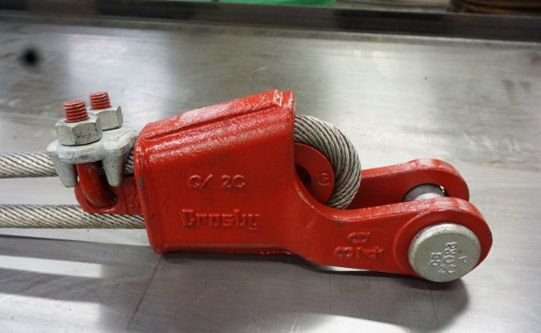
Find more information about wire rope socket, click:
https://www.huahanmachinery.com/product.html?keywords=socket
